CARING WITH FAMILY
|
| Affection levels in dog breeds can vary significantly with some breeds being more naturally affectionate and others more reserved. Breeds such as Labrador Retrievers Golden Retrievers and Cavalier King Charles Spaniels are known for their friendly and affectionate nature with both family members and strangers. They are often eager to please and enjoy being close to their human companions making them great family pets. |
LOVE WITH CHILDREN
Unwise
Good With Children
|
| Certain breeds are renowned for their patience and gentleness with children, making them natural family companions. Breeds like the Beagle, Boxer, Newfoundland and the aforementioned Labrador and Golden Retrievers are often recommended for families with children due to their generally stable and amiable temperaments. |
BEHAVIOR WITH DOGS
Unwise
Good With Other Dogs
|
| The general friendliness of a breed towards other dogs can be influenced by their historical purpose, breed characteristics, and individual personality. Breeds that have been developed for cooperative work like many of the gun dogs – such as Golden Retrievers Labrador Retrievers and Cocker Spaniels – tend to be amicable and may get along better with other dogs due to their breeding for group hunting. |
SHEDDING LEVELS & MANAGEMENT
No Shedding
Hair Everywhere
|
| The amount of shedding can vary greatly between dog breeds and can be a major consideration for potential dog owners, especially those with allergies or those who prefer a cleaner, hair-free home environment. Breeds known for heavy shedding include Siberian Huskies German Shepherds, Alaskan Malamutes and Labrador Retrievers. These breeds often shed year-round and typically undergo a biannual "blow out" of their undercoat, which can result in significant hair loss that requires diligent grooming, including regular brushing, to manage. |
COAT GROOMING STANDARDS
|
| The grooming requirements of a dog breed can significantly impact the amount of time, patience, and budget necessary for their care. When considering a breed, it's important to understand their specific grooming needs to ensure you can meet them. Breeds with longer and/or thicker coats, like Afghan Hounds, Maltese, Shih Tzus, and Poodles tend to require more frequent grooming. They often need daily brushing to prevent mats and tangles and may require professional grooming regularly to maintain their coat length or style. |
DROOLING INTENSITY
Less Likely to Drool
Always Have a Towel
|
| Drooling is a natural behavior for some dog breeds, especially those with larger, looser lips and jowls. The amount of drool a dog produces can be a deal-breaker for people who prefer a tidier environment or who may be put off by the prospect of frequent slobber. |
COAT STYLES GUIDE |
| Double |
| COAT SPECTRUM |
| Medium |
FRIENDLINESS
Reserved
Everyone Is My Best Friend
|
| A breed's tendency to be welcoming or reserved towards strangers is influenced by its historical background, breeding purpose, and individual personality. Some breeds are naturally wary of strangers due to their breeding as guard dogs or watch dogs while others are gregarious by nature and bred to be social with everyone they meet. |
LIVELINESS
Only When You Want To Play
Non-Stop
|
| Playfulness is a trait that varies widely among dog breeds, with some retaining their puppy-like energy and enthusiasm for play well into their senior years while others are more sedate and content with less active engagement. |
VIGILANCE INTENSITY
What's Mine Is Yours
Vigilant
|
| Certain dog breeds have a strong instinct to alert their owners of anything they consider unusual or potentially threatening, which often includes strangers approaching their territory. These breeds are often excellent watchdogs, or even guard dogs depending on how far their protective traits and training take them. |
ADAPTATION CAPACITY
Lives For Routine
Highly Adaptable
|
| A dog breed's adaptability to change can vary and understanding this trait is important when considering how a dog might fit into your lifestyle or if you tend to have a more unpredictable routine. |
OBEDIENCE LEVEL
Self-Willed
Eager to Please
|
| Trainability is an important factor to consider when choosing a dog breed, as it reflects how easy or challenging it may be to teach your dog new commands and behaviors. Some breeds are known for their eagerness to please and quick learning ability while others have a more independent or stubborn streak that can make training more of a challenge. |
STAMINA LEVEL
|
| Exercise and mental stimulation needs can greatly differ among dog breeds, and it's essential to choose a breed whose energy level aligns with your lifestyle. High-energy breeds include Border Collies Australian Shepherds Jack Russell Terriers and Vizslas. These breeds typically require a lot of physical exercise daily, often combined with mental challenges such as agility and advanced training or canine sports. They thrive on being given a job to do and may become destructive or develop behavioral issues if not given adequate outlets for their energy. |
VOCALIZATION
|
| Medium |
LEARNING CURIOSITY LEVEL
Happy to Lounge
Needs a Job or Activity
|
| Mental stimulation is as important as physical exercise for a dog's well-being, especially for breeds that were developed for specific jobs that require high levels of intelligence and problem-solving abilities. Highly intelligent and working breeds such as Border Collies, Australian Shepherds, Belgian Malinois, and Labrador Retrievers often need substantial mental stimulation to stay happy and healthy. These dogs excel in tasks that challenge their intellect such as obedience training, puzzle toys search and retrieve games, agility training, or any activity that requires them to think and make decisions. |
| COLORS | . |
| PATTERNS | . |



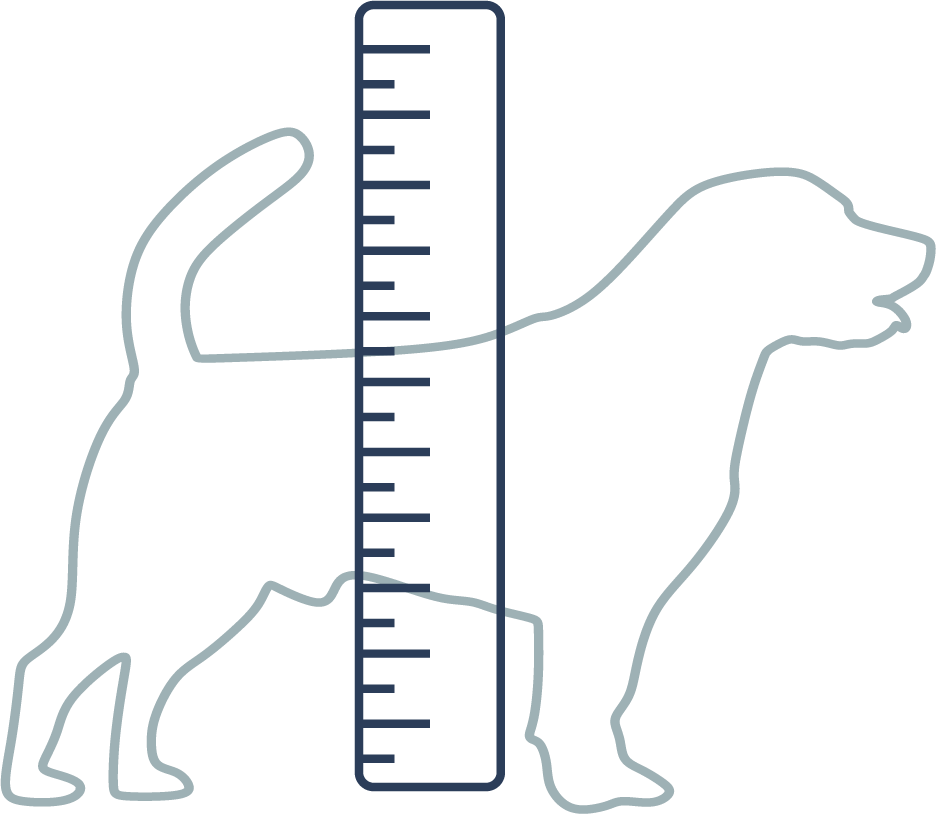


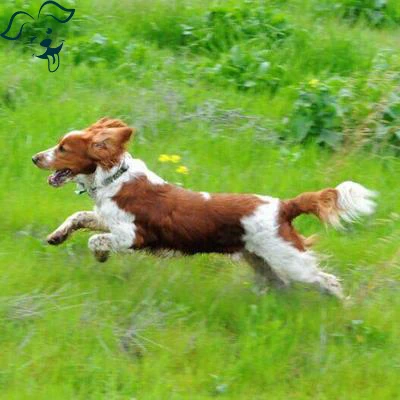
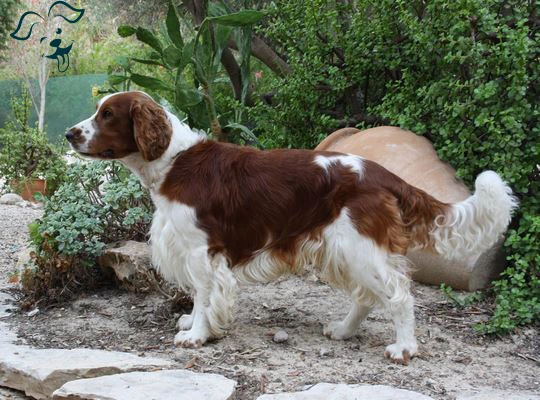
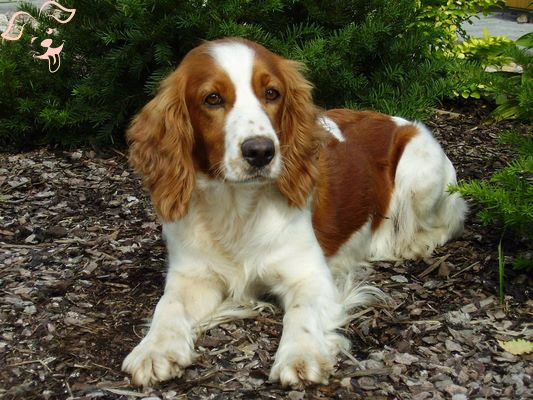
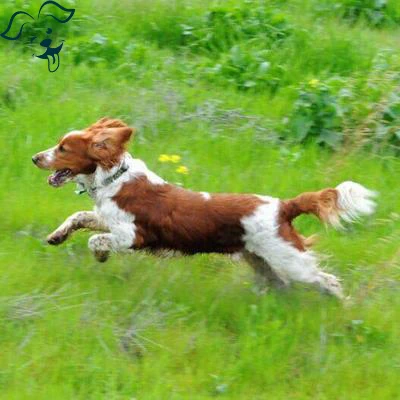






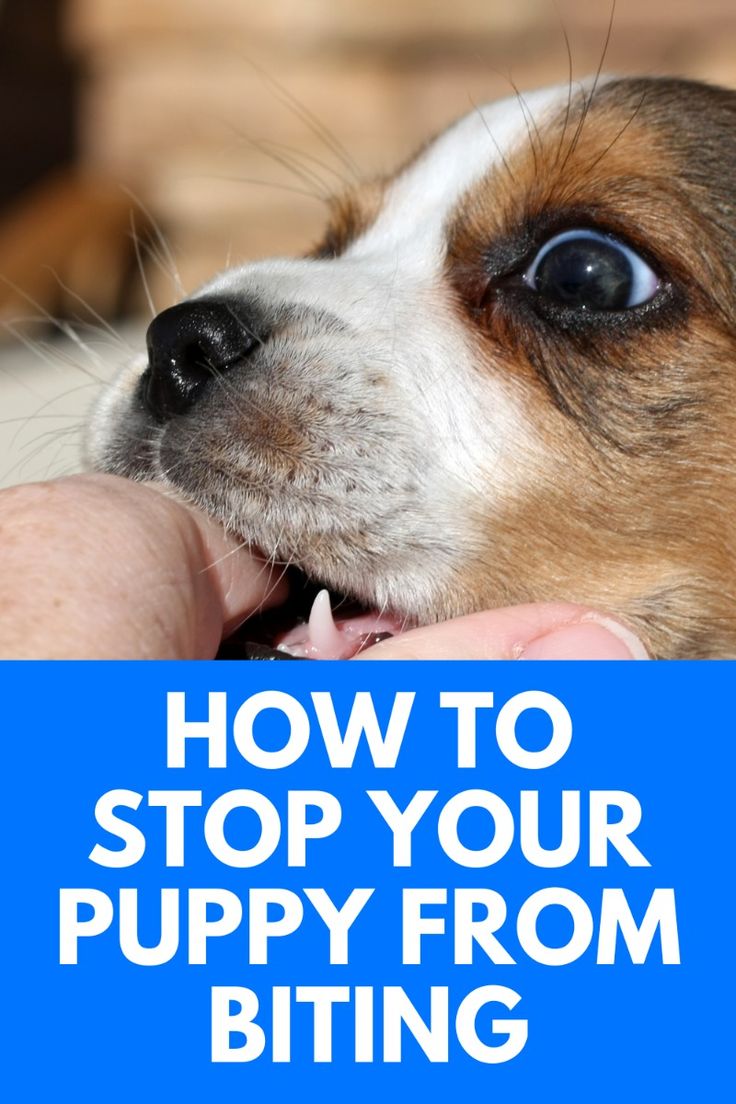
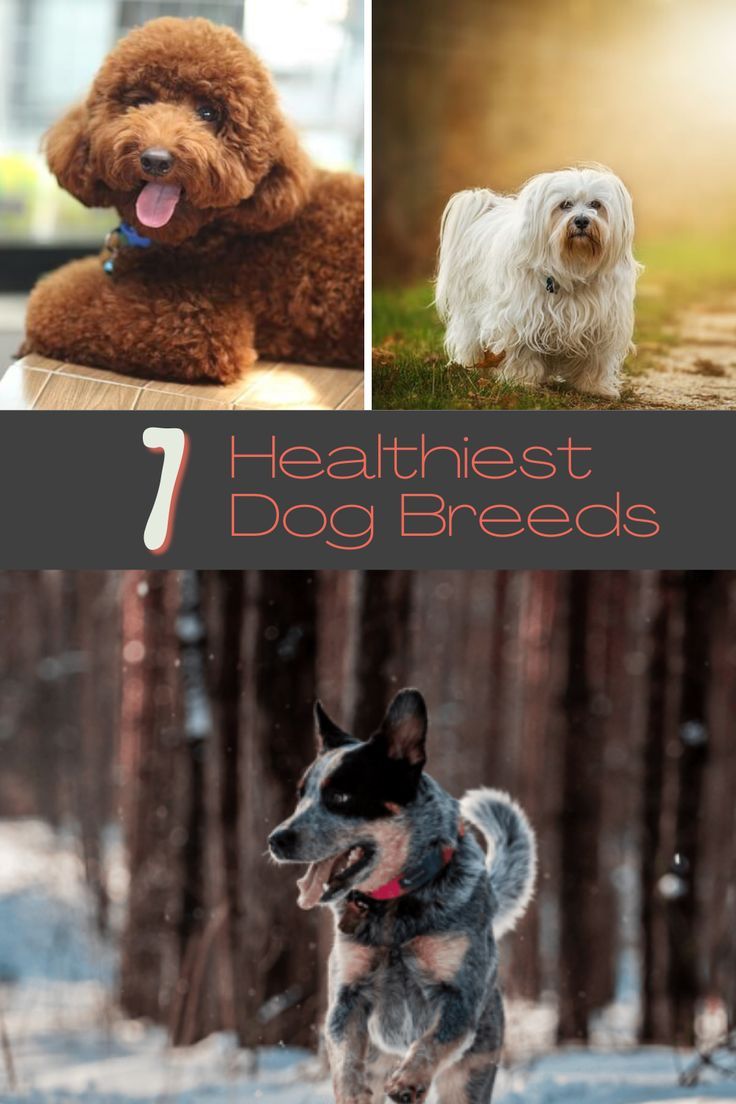

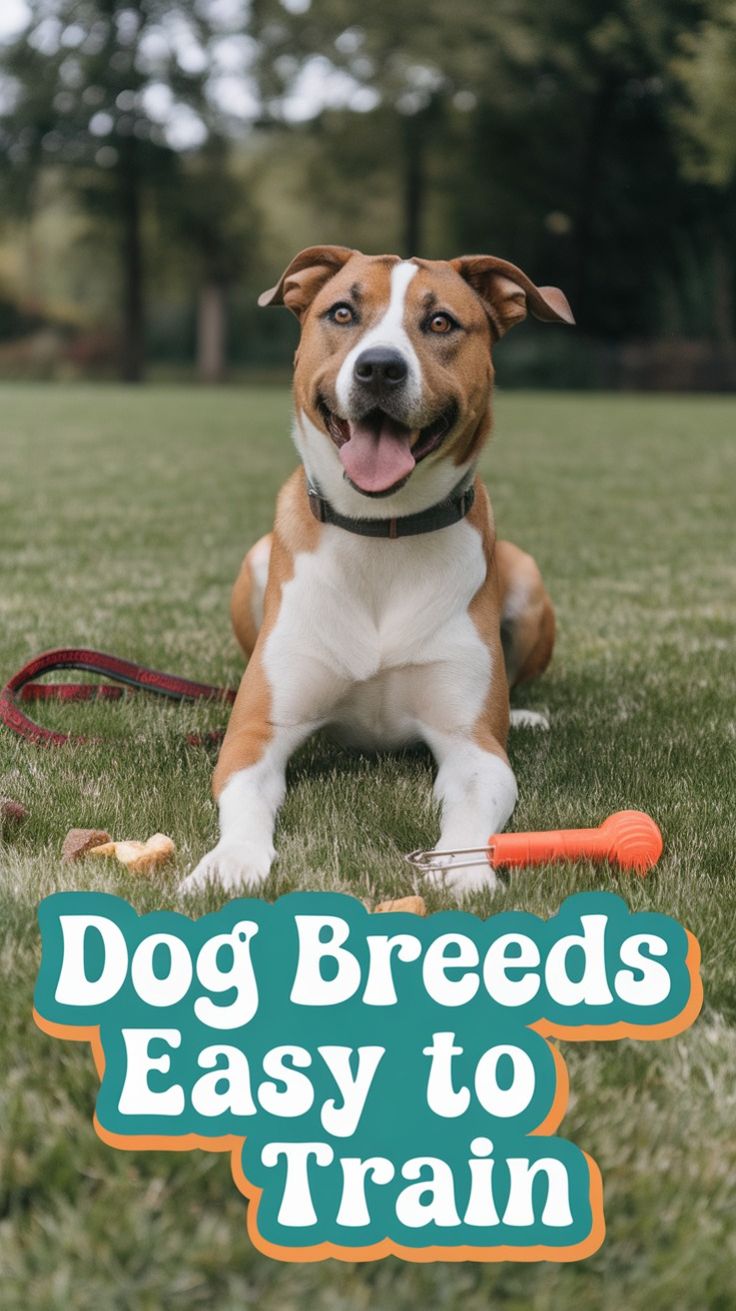
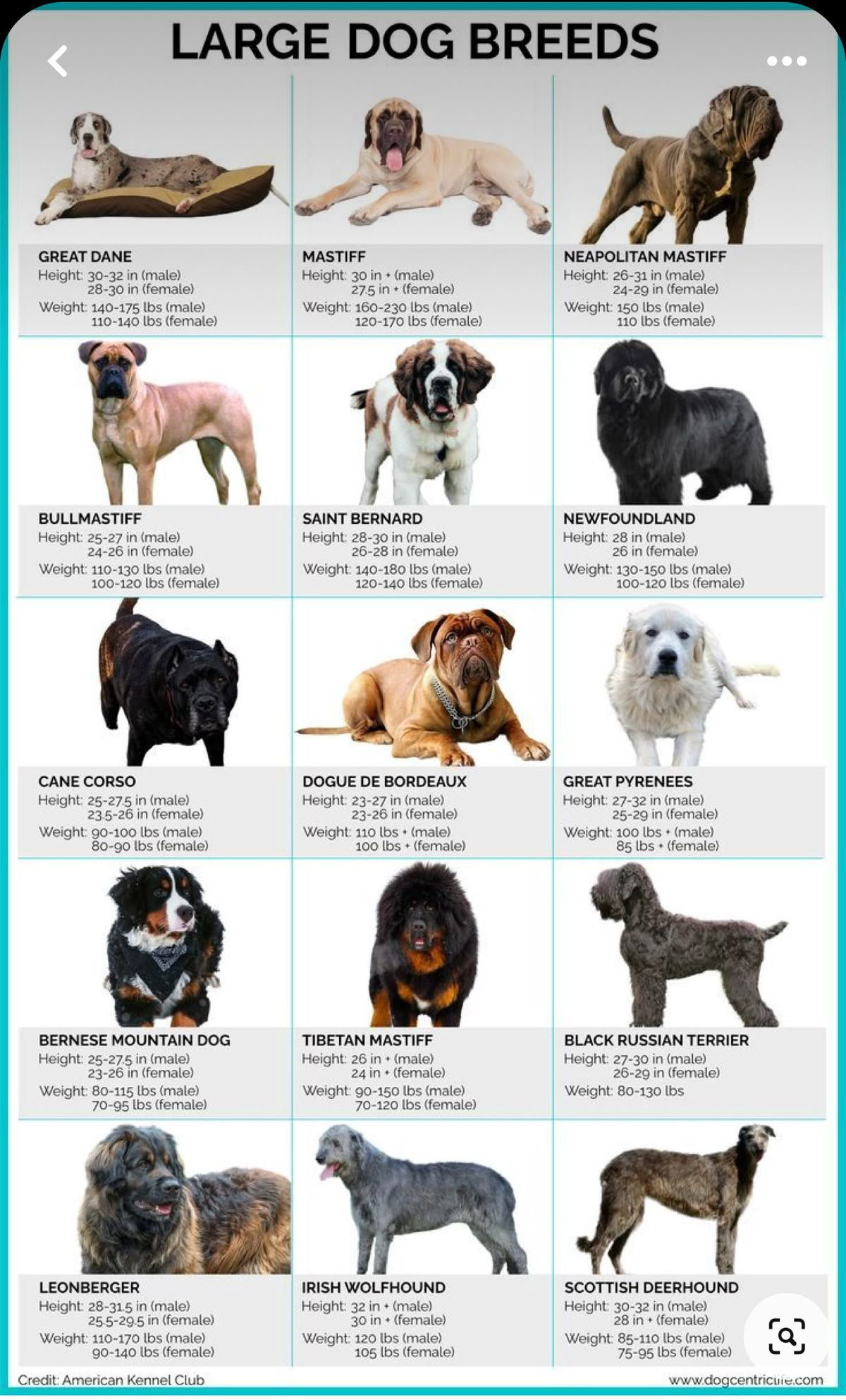

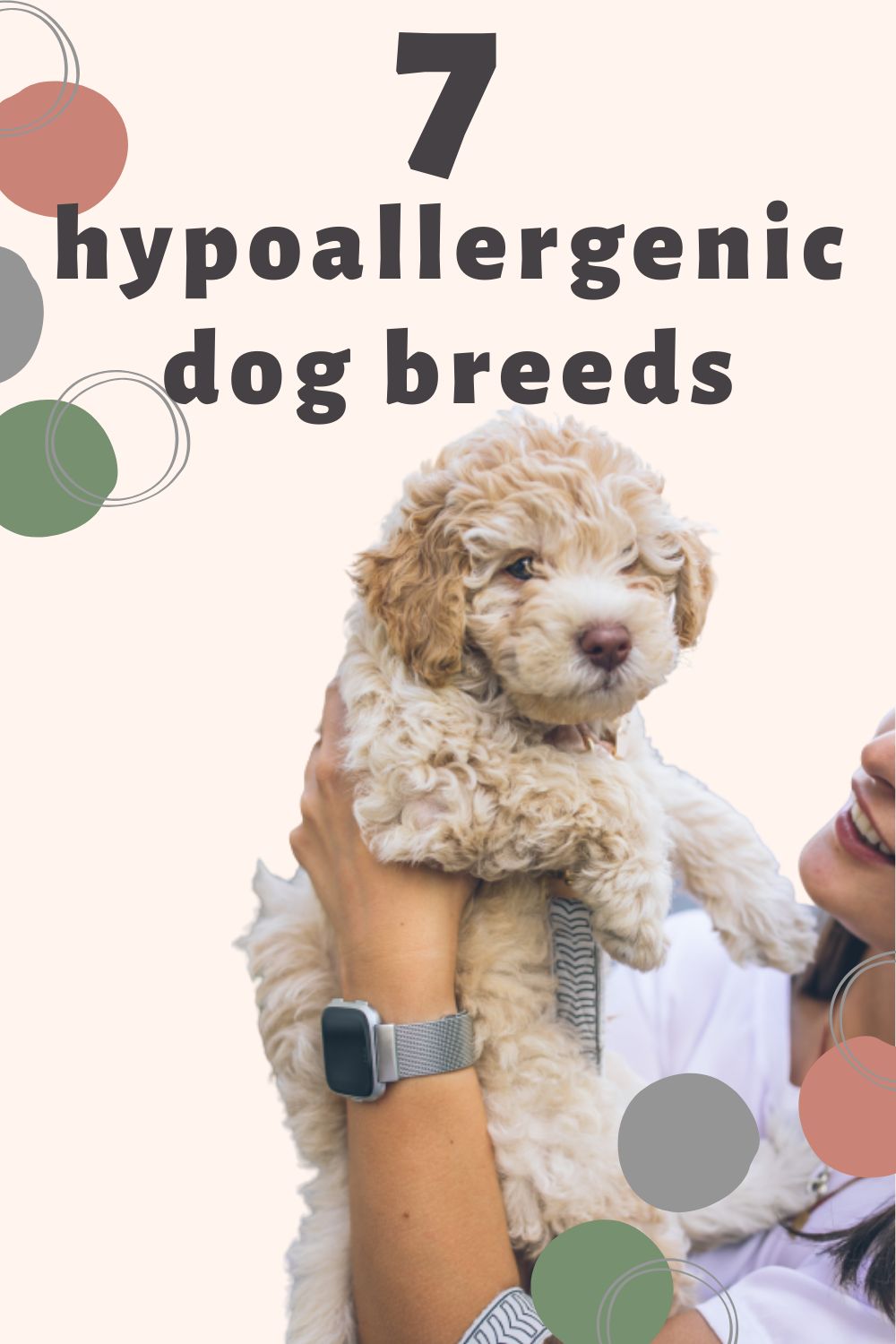
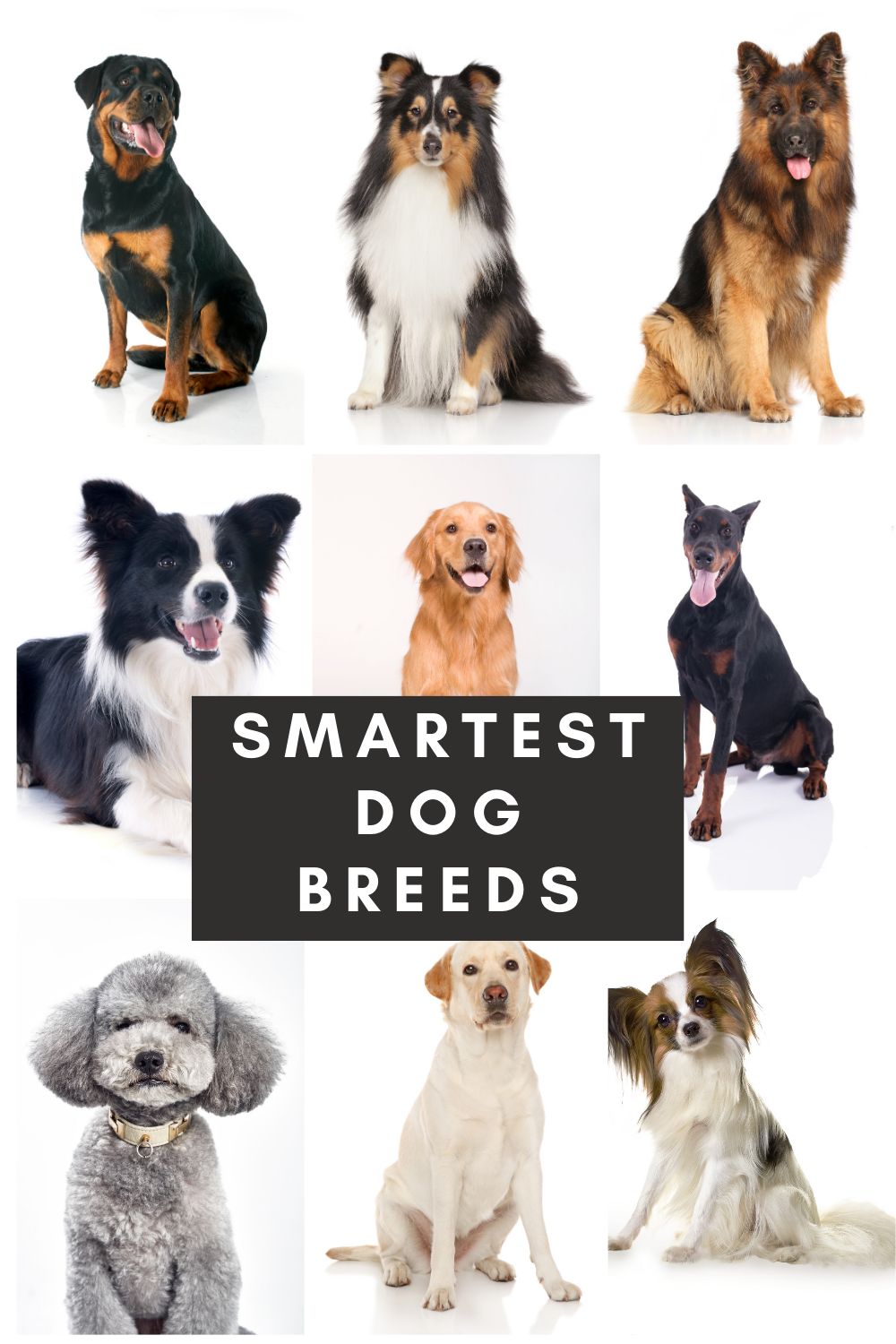
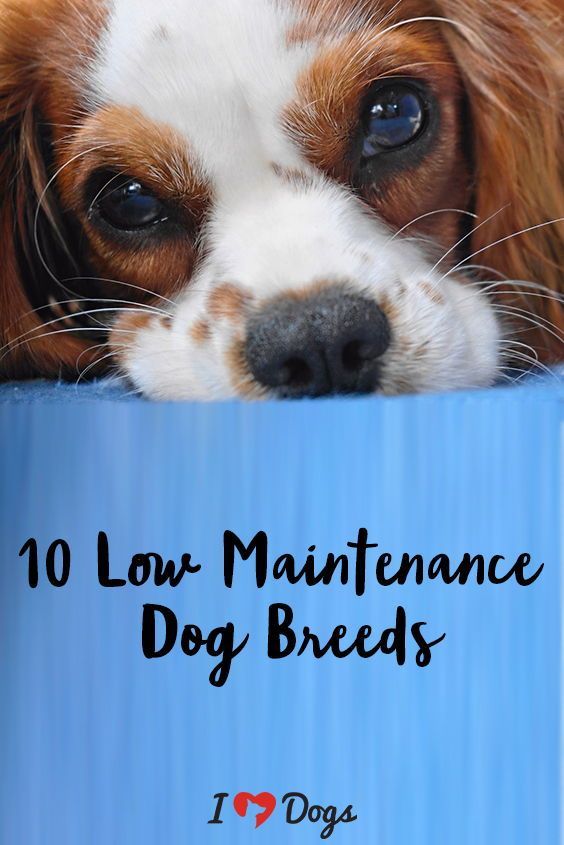
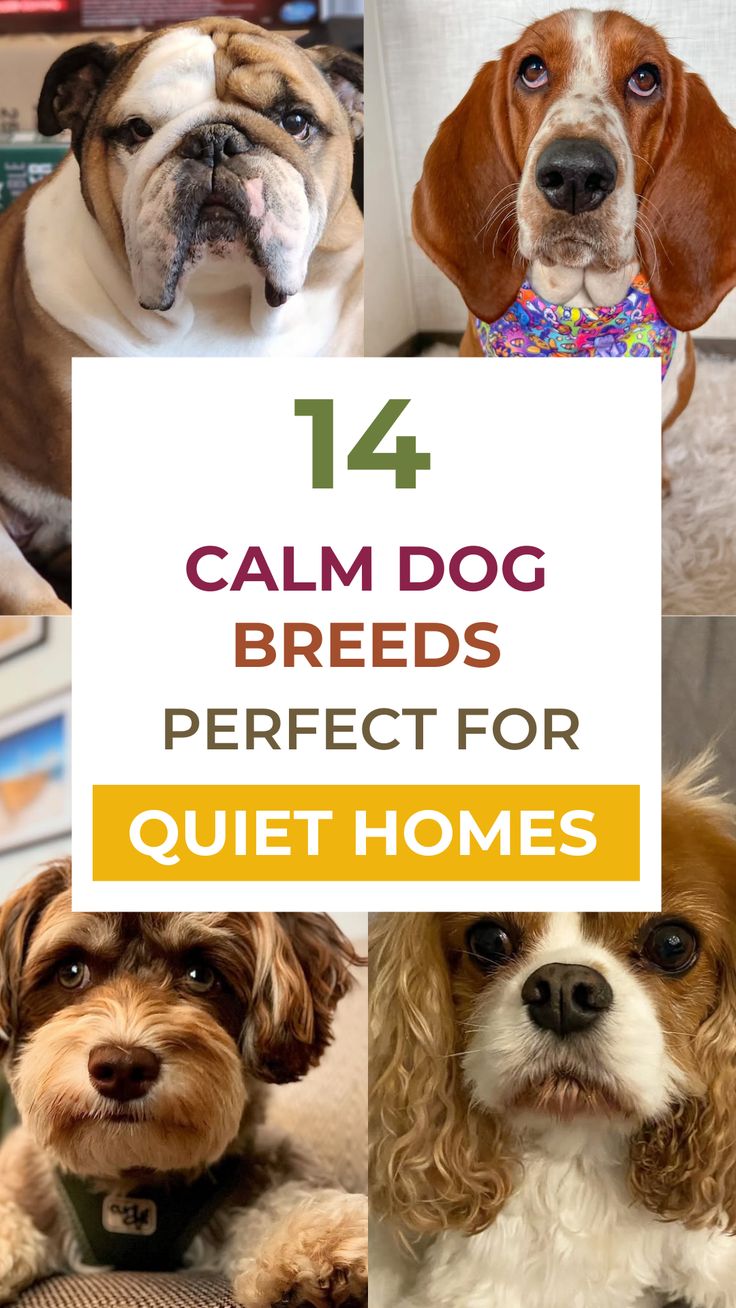

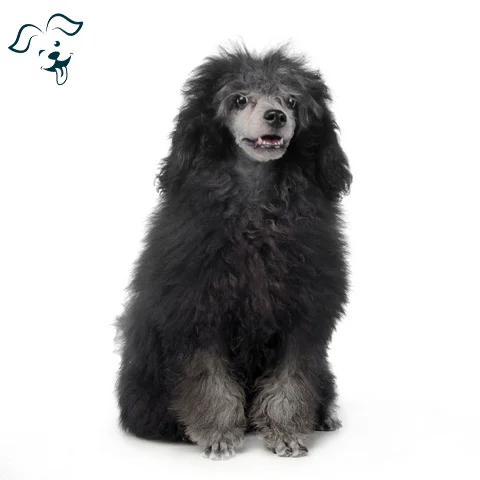
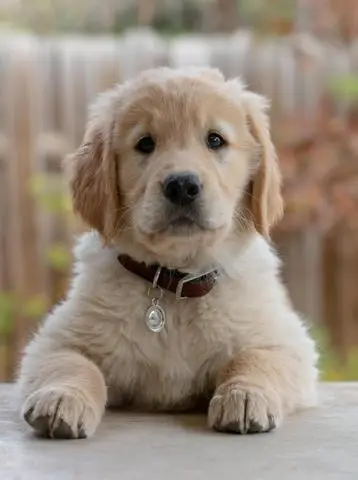
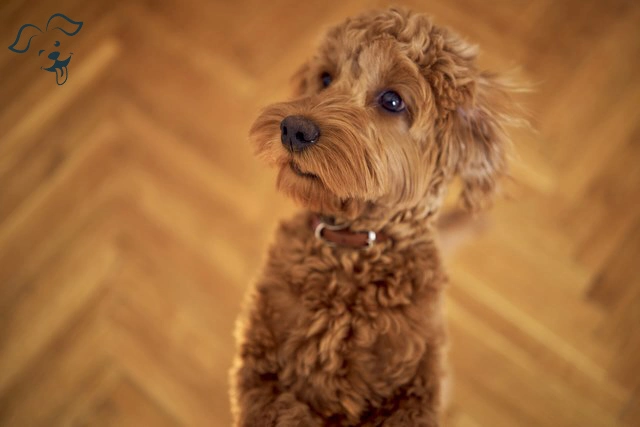
FRIENDLINESS
LIVELINESS
VIGILANCE INTENSITY
ADAPTATION CAPACITY